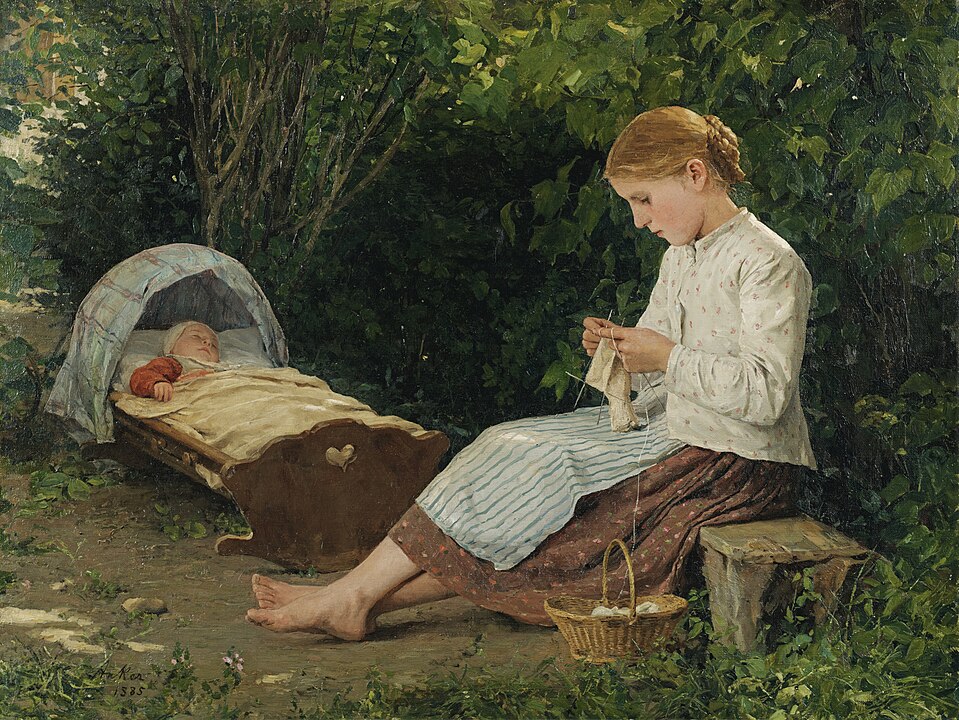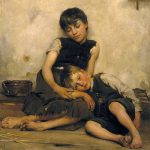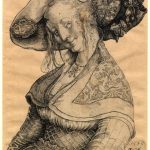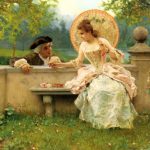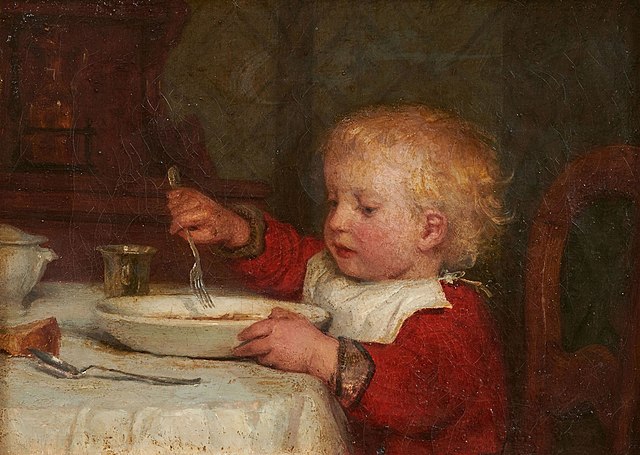
Albert Anker (1831–1910) was a Swiss painter and illustrator known for his detailed and emotive depictions of everyday life. He was born in Ins, a small town in the canton of Bern, Switzerland. Anker’s work is often associated with the Realist and Academic movements, and he is particularly celebrated for his genre paintings and portraits.
- Genre Paintings: Anker’s genre paintings often focused on scenes from rural and small-town life, capturing the daily activities of children, families, and the working class. His works are characterized by a meticulous attention to detail and a warm, sentimental atmosphere.
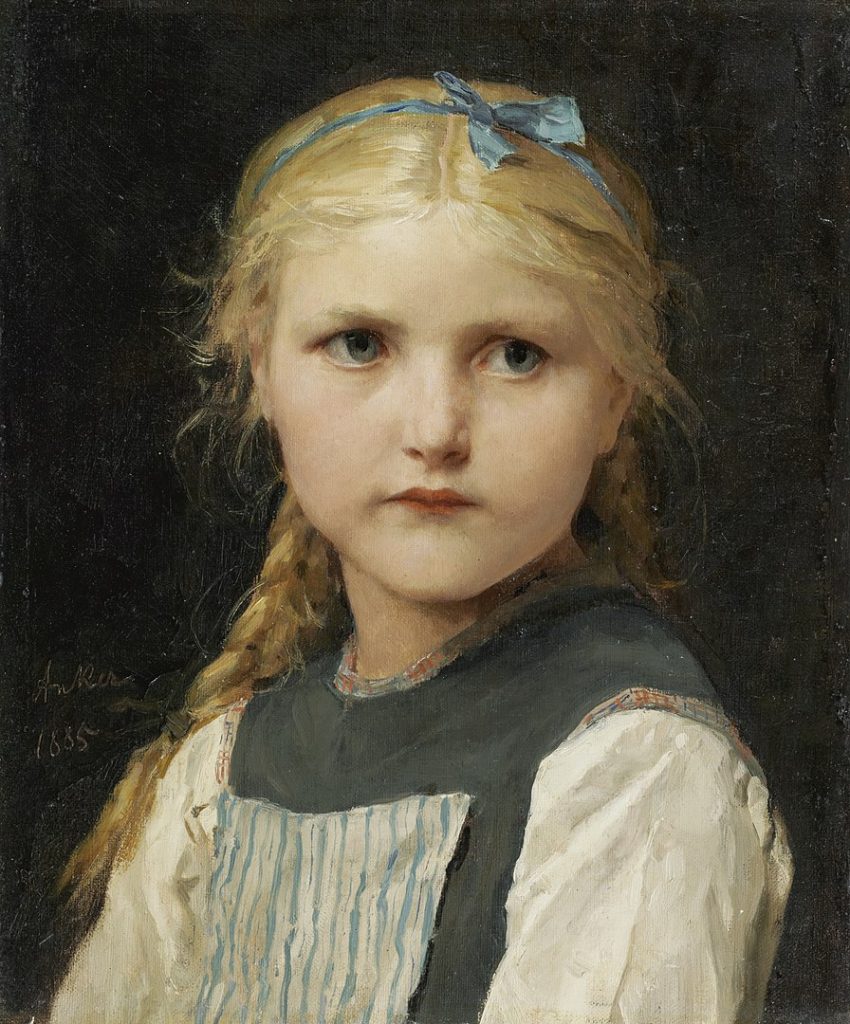
- Education: Albert Anker studied art in Neuchâtel, Switzerland, and later attended the Academy of Fine Arts in Vienna. He also spent some time in Paris, where he was exposed to various artistic influences. Anker’s style reflects a blend of Academic training and his own observations of Swiss life.
- Recognition and Success: Anker achieved widespread recognition and success during his lifetime. His paintings were well-received both in Switzerland and internationally. He received numerous awards and honors for his work, and his popularity continued to grow throughout his career.
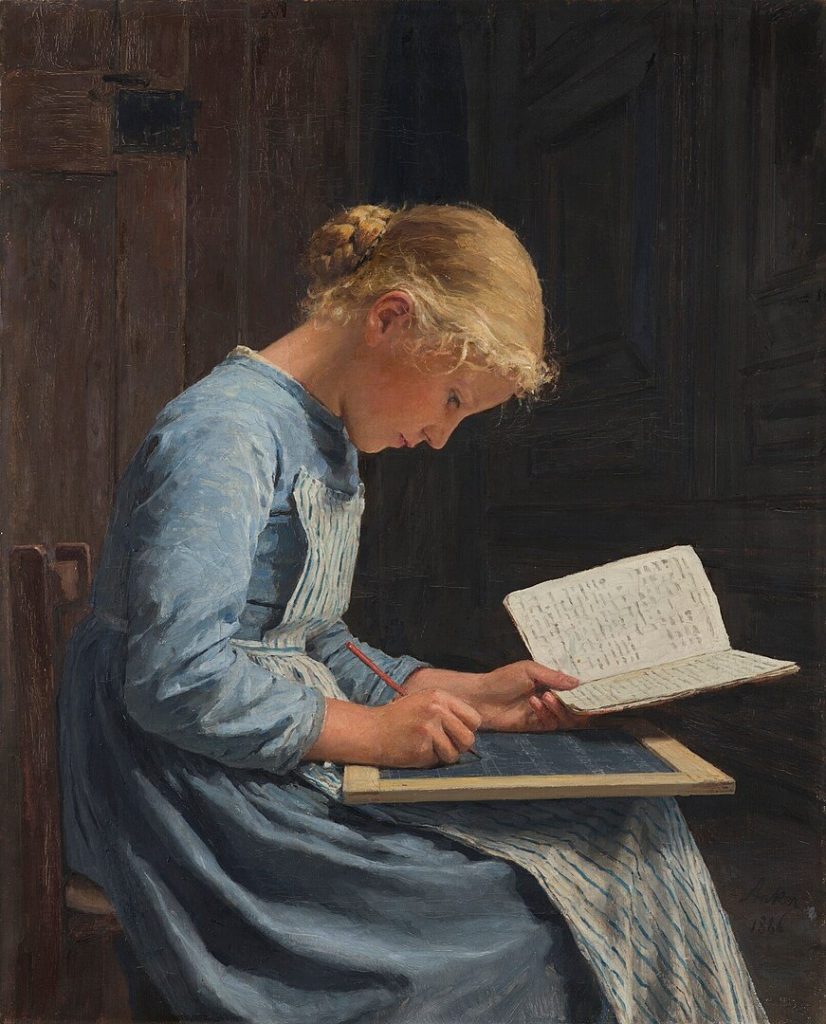
- Portraiture: In addition to genre scenes, Anker was also skilled in portraiture. He painted portraits of notable individuals, including Swiss politicians and public figures. His portraits, like his genre paintings, reflected a sense of realism and a keen observation of his subjects.
- Social Commentary: While Anker’s work often exuded a sense of nostalgia and sentimentality, it also contained elements of social commentary. Some of his paintings addressed the challenges faced by the working class and the effects of industrialization on rural life.
- Legacy: Albert Anker’s paintings are still highly regarded for their technical skill, emotional depth, and the insight they provide into Swiss life during the late 19th and early 20th centuries. His works can be found in various museums and private collections.
Albert Anker’s art continues to be appreciated for its ability to evoke a sense of nostalgia and for its enduring portrayal of the human experience. His legacy is significant in the context of Swiss art history and the broader European art scene of the late 19th century.
